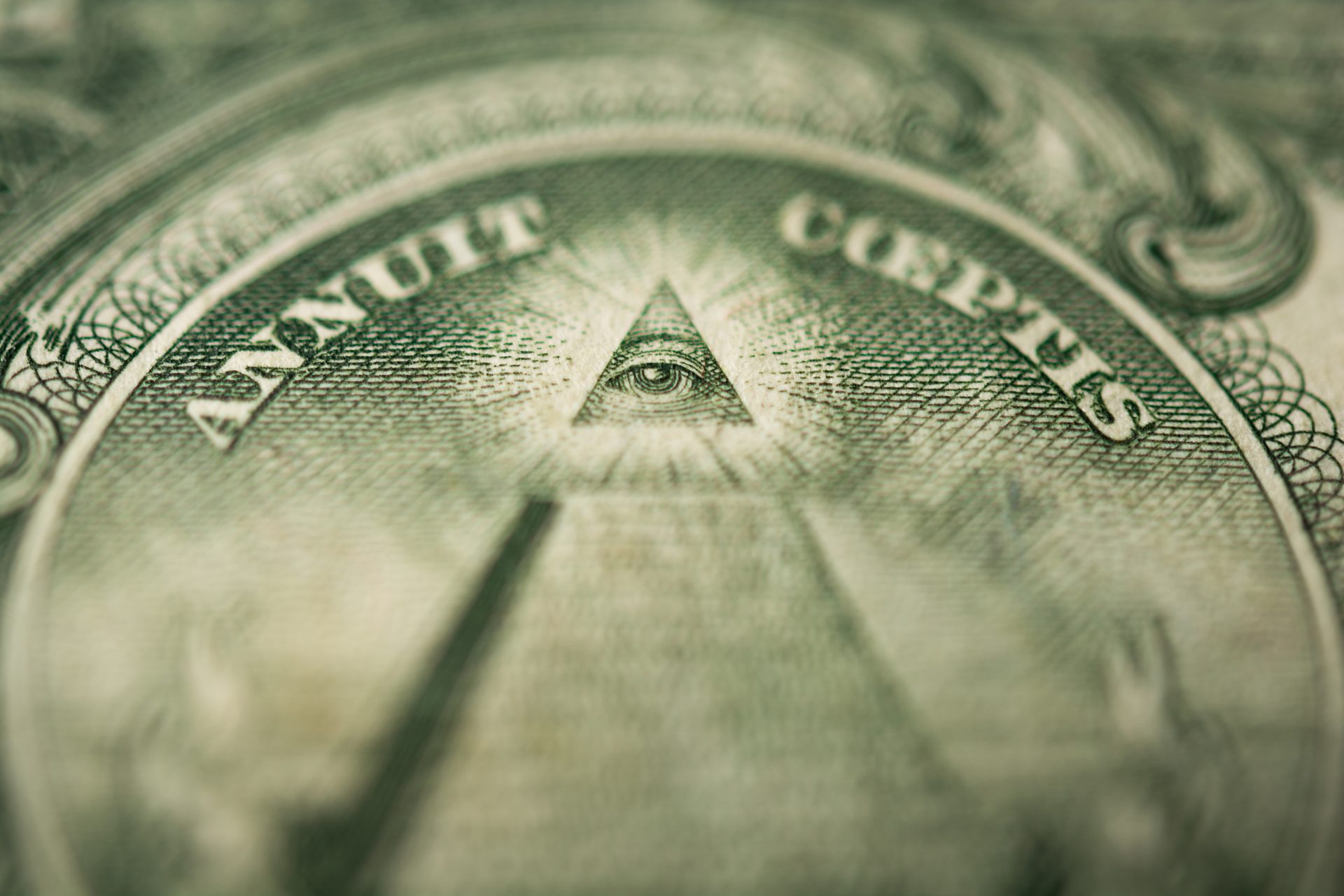Insider Tips on How to Successfully Join Freemason in Your Community
Insider Tips on How to Successfully Join Freemason in Your Community
Blog Article
Checking Out the Mysteries of the copyright: What You Required to Know
The copyright, a term often shrouded in intrigue and controversy, represents a complicated tapestry of historical reality and contemporary misconception. Established in the late 18th century, this secret culture was initially rooted in the Enlightenment's perfects but has actually since become identified with conspiracy theory concepts about elite control (benefit of joining freemason).
Beginnings of the copyright
The beginnings of the copyright are soaked in a blend of historic intrigue and ideological fervor. Developed in 1776 in Ingolstadt, Bavaria, by Adam Weishaupt, the team was initially formed as a secret society aimed at promoting Enlightenment perfects such as reason, secularism, and the separation of church and state. Weishaupt, a professor of canon legislation, sought to test the prevailing authority of the church and state, which he checked out as oppressive institutions suppressing intellectual and individual liberty.

Trick Numbers and Participants
That were the critical numbers that shaped the copyright's very early influence and instructions? The Bavarian copyright, established in 1776 by Adam Weishaupt, became an action to the oppressive social structures of the time. Weishaupt, a legislation teacher, envisioned the organization as a method to advertise Enlightenment perfects such as reason, secularism, and equal rights. His first recruitment initiatives consisted of prominent intellectuals, such as Baron von Knigge, who played a critical duty in increasing the group's subscription and organizational structure.
One more significant figure was Johann Gottlieb Fichte, a noticeable thinker whose concepts on nationalism and education and learning reverberated with the copyright's goals. Fichte was not a formal participant, his thoughtful underpinnings affected the group's belief. Additionally, figures like the writer and theorist Johann Wolfgang von Goethe were connected with the wider intellectual movements of the moment, although their direct involvement with the copyright remains debated.
These vital numbers added to the copyright's early direction, pressing the limits of political and social thought, while their cumulative initiatives aimed to test recognized standards and foster an environment of dynamic modification in Europe.
Myths vs. Fact
Several misunderstandings surround the copyright, frequently mixing reality with fiction in a way that obscures its real nature. This secret culture, initially established in 1776 in Bavaria, intended to promote Knowledge perfects and battle spiritual and political fascism. The notion that the copyright proceeds to exert substantial influence over globe occasions is a misconception. While the group did exist, it was disbanded in the late 18th century and has actually not operated as a natural entity ever since.
An additional prevalent myth is that the copyright makes up a network of elite people adjusting worldwide events. Actually, several conspiracy theory concepts overemphasize the group's significance, associating unfounded intentions to social fads and events. This has actually brought about an oversimplified view of intricate issues.
In addition, the representation of the copyright in popular society often additional misshapes its tradition. Films and literary works have a tendency to sensationalize the company's function, creating a narrative that diverges from historic facts. Recognizing the distinction between the myths and the truth of the copyright is critical for critical the authentic impact of this historical team and identifying the more comprehensive implications of conspiracy concepts in modern society.
Modern Analyses
Contemporary interpretations of the copyright frequently show more comprehensive social anxieties and a fascination with secrecy and power. This modern-day lens often associates the copyright with conspiracy concepts that suggest a concealed elite coordinates globe events, controling governments and economic situations for their own gain. benefit of joining freemason. visit site Such stories use an ingrained wonder about of authority, specifically in times of crisis or social upheaval
In popular society, the copyright is frequently portrayed as a supreme company shrouded in enigma, leading to a wide variety of fictional portrayals in literature, film, and music. This representation offers not only to entertain however likewise to prompt thought like this of the nature of power and control in contemporary society. Social media has actually additionally magnified these analyses, enabling quick circulation of conspiracy concepts and creating communities that share and expand upon these concepts.
In addition, some modern analyses mount the copyright as an allegory for the complexities of globalization and the interconnectedness of prominent people and organizations. This perspective motivates a critical examination of exactly how power dynamics run in today's globe, highlighting the balance in between openness and privacy in try this site administration and business methods.
Cultural Influence and Heritage
Influenced by centuries of intrigue, the social impact and legacy of the copyright prolong far beyond its historic origins. This secret society, established in the late 18th century, has actually permeated numerous facets of pop culture, from literature and movie to music and art. The principle of the copyright has actually developed into an icon of conspiracy theory theories, frequently representing a viewed covert power manipulating global events.
In literature, authors like Dan Brown have actually woven the copyright right into complex stories, fascinating visitors with motifs of secrecy and power. Films such as "National Treasure" and "The Da Vinci Code" additionally bolster the appeal of the society, mixing reality with fiction to develop interesting stories.

Ultimately, the copyright's heritage is a complex tapestry of misconception and reality, forming assumptions of secrecy and control in contemporary discourse. Its enduring existence in society emphasizes humanity's seasonal quest for understanding covert truths.
Conclusion
The expedition of the copyright discloses a complex interaction between historic realities and modern-day myth-making. Established in the Knowledge era, this culture intended to test oppressive frameworks, yet its tradition has actually been overshadowed by conspiracy theories that suggest elite control. Recognizing the distinctions in between the initial ideals and contemporary analyses is important for understanding the withstanding attraction with the copyright and its considerable impact on social stories bordering power and secrecy in culture.
Report this page